Media | Articles
5 Cars That Prove There’s Love for the Unexceptional
Almost ten years ago, I was part of the team that gave birth to a much-loved Hagerty U.K. event: The Festival of the Unexceptional. FOTU, to this day, is a celebration of extraordinary examples of the most mundane—and in some cases, plain disappointing—automobiles ever built. The event made people realize how low the survivorship rate is for many of these generally unloved cars. These days, the market is perhaps finally waking up to the fact that many of the cars that were the butt of jokes—the rides that were the one-time Nickelbacks of the automotive world—are now legitimately rare and interesting collector cars. Lately, we’ve taken note of some eye-popping sales (and enthusiastic bids that somehow didn’t meet reserve) of what are, almost certainly, the sweetest examples of some of the most maligned cars ever made. We submit these for your disapproval:
1977 Chevrolet Chevette

Sold for $22,050
When the Chevette debuted in the U.S. for the 1976 model year, it already seemed like a vestige of a prior era. It was rear-wheel drive at a time when small cars like the Fiat 128 and VW Golf/Rabbit had demonstrated that the future of the compact car was in powering the front wheels. The Chevette was middling but apparently sturdy, until rust claimed almost all of them.
This light blue one showed 5000 miles on the odometer and was lavishly equipped with full wheel covers and an AM/FM radio. Oh, and it had A/C too, something which no doubt sapped at least 15 of the 60 available horses. The shocking final price of $21,000 reflects the fact that while these cars have all but disappeared, nearly everybody of a certain age seems to have a fond Chevette story. Good memories in maligned cars are still good memories.
1976 Chevrolet Vega
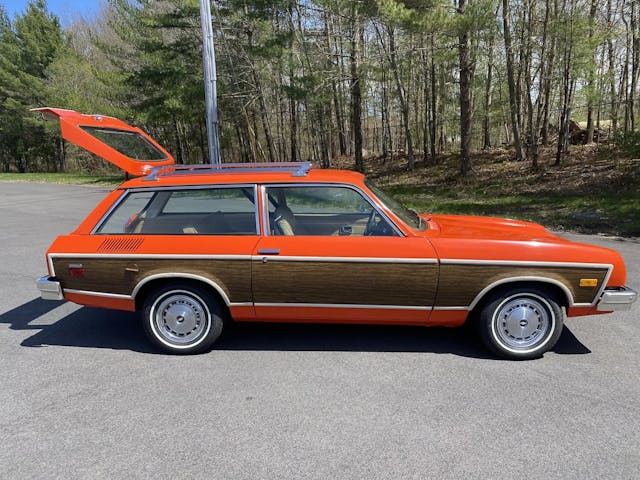
Sold for $12,337
The Vega was less of a joke than a genuine Greek tragedy. It could have been a really decent car but for GM’s dreadful execution. It was pretty, handled well, and it was affordable. Sadly, the prone-to-overheating aluminum-block engines had a two-stroke’s appetite for oil, and the only way in which Vegas were competitive with Toyotas of the day was in their penchant for the tin worm.
True story: My best friend in high school owned a five-year-old Kammback just like this one. It only had 40,000 miles on it, but it used a quart of oil with nearly every fill-up. The car’s cowl had rusted so badly that the windshield was slipping down towards the firewall, leaving a half-inch gap at the top where air would rush in. My solution was to wad up some newspaper to prop up the piece of glass. Pretty elegant if I do say so myself. This example is almost impossibly rust-free, especially for one with 70,000 miles. For heaven’s sake, there’s even a receipt for rebuilding the 8-track player. And that pretty much explains the car’s state of preservation. The new owner shipped it to France, where it’s reputed to be the only one in the country.
Marketplace
Buy and sell classics with confidence
1989 Maserati BiTurbo
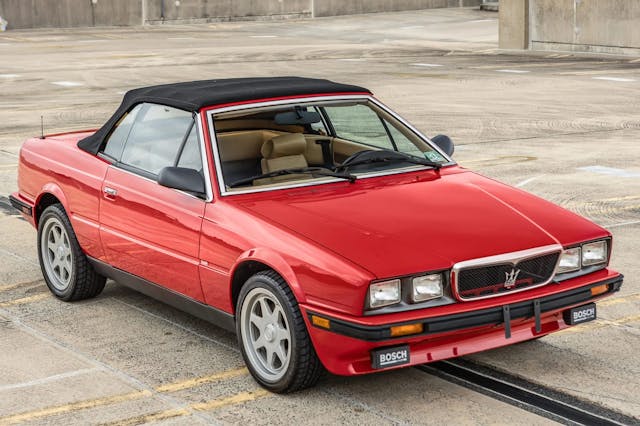
Bid to $16,750
The BiTurbo had among the worst reputations of cars sold in the U.S. in the 1980s. Early carbureted examples had a propensity to catch fire from running too rich of a mixture through the cats, and the fallout nearly destroyed Maserati’s status as a prestige brand. I suppose it made sense at the time; the BiTurbo was positioned as a more potent, more luxurious, and slightly more expensive competitor to the E30-generation BMW 3-series. Instead, to many, it came off as a cynical cash grab by Maserati’s owner, Alejandro De Tomaso. To my eyes, it also looked disturbingly like a Cadillac Cimarron.
More of these cars seem to survive in Europe, where they are unencumbered by emission controls and their mechanical bits are better understood. In the U.S., most BiTurbos tend to be of the “ran when parked” variety, perhaps discovered when the new owner of a distressed property cuts the grass for the first time in ten years. This example was a later, much-improved fuel-injected car that attracted a bid over fifteen grand.
1969 Subaru 360

Bid to $35,500
Road & Track summed up Subaru’s first effort in the U.S. thusly: “Any car that takes over 27 seconds to cover a standing quarter-mile, and is only going 46 mph at the end of that quarter, has no business in American traffic.” Consumer Reports said that the bumpers were ineffective against anything sturdier than a watermelon. Until the Yugo came along several decades later, the 360 was probably one of the most scorned new cars ever to be tested by U.S. magazines.
Today, it’s largely forgotten by everyone, including Subaru. Surviving U.S. market cars are indeed unicorns and, as such, are likely to attract more attention at your local cars and coffee than a Koenigsegg. Still, it’s nearly incomprehensible that even in a heady 2022 market, a $35,500 bid wasn’t enough to get this car sold. (To read our 2021 market deep-dive on the surprising Subaru 360, click here.)
1980 Pontiac Phoenix
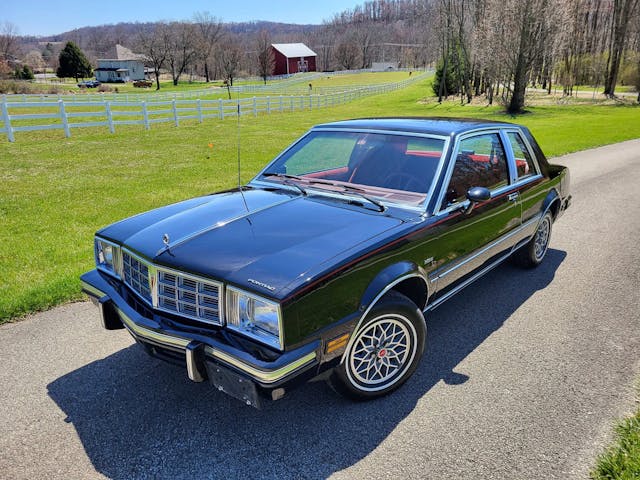
Sold for $17,587
Entire books have been written for the sole purpose of excoriating the GM X-cars. They were GM’s first mass-market front-wheel-drive sedans, and they had immense potential to be very good cars. In fact, they initially sold quite well. But it’s called the Malaise Era for a reason, so you know how this story ends—”ignominiously” is probably too kind of an adverb.
GM made a number of tweaks to the X-body’s braking system before the new platform entered production, but it didn’t take long for problems to arise. “Media criticism and consumer complaints of X-car stability during braking” drew the National Highway Traffic Safety Administration’s attention, according to an internal NHTSA memo dated June 26, 1981. A lengthy and public back-and-forth ensued between the agency and GM about how to resolve the issue, and the public quickly soured on the cars. Braking wasn’t the only issue, either—the cars were prone to rust, and quality control was lacking. It was an unfortunate misstep in the pivot to more economical front-wheel drive architecture.
Extant X-cars of any variety are rare, and this four-speed manual, nicely equipped 32,000-mile Pontiac Phoenix, with a lurid red velour interior, an insanely full gauge package, and a CB radio, might just be one of the best X-cars left. The price: over $17,500 with the buyer’s fee. Remarkable!
***
Check out the Hagerty Media homepage so you don’t miss a single story, or better yet, bookmark it. To get our best stories delivered right to your inbox, subscribe to our newsletters.
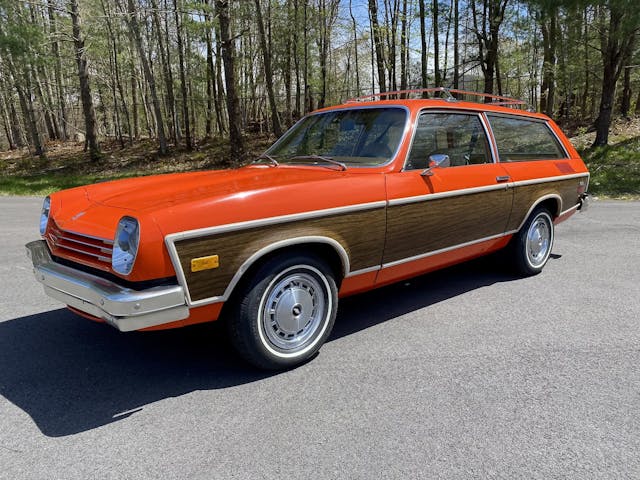










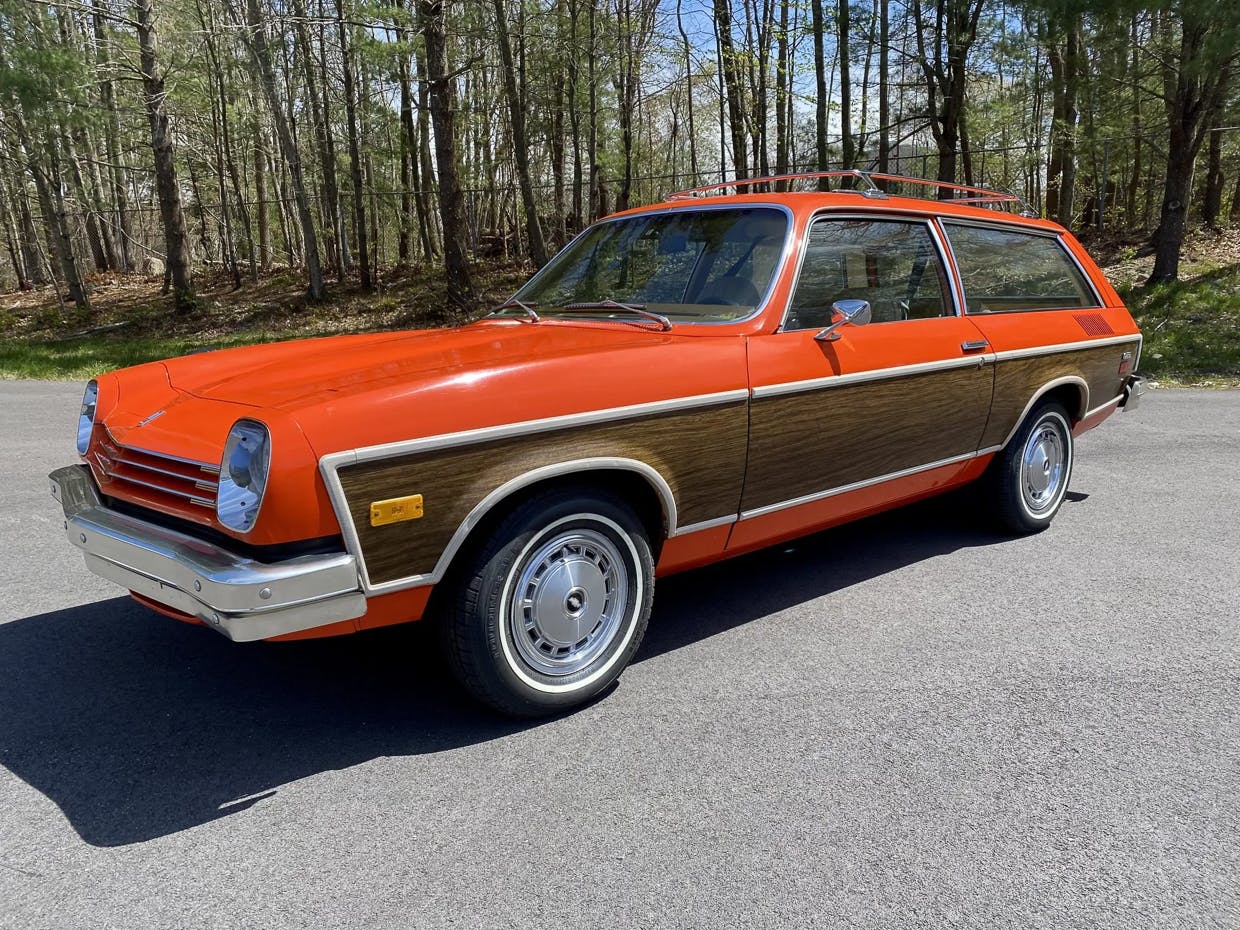
I grew up in CA. Built a 74 V8 Vega GT hatchback as senior in high school. Seven year old car, purchased as roller without engine and trans that was someone’s stalled V8 project. Being CA, it was not rusted out. Put a 350 SBC, Turbo 400, and narrowed a 12-bolt rear to fit and mount up like a stock rear. I drove that car for 6 years, all through college and 1 year out working. It was actually a decent good car, handled good even with the heavier V8 engine. Kept it all under the hood. Only real problem I had was it would get hot in stopped traffic. Before electric fans were popular or widely used, that would have solved the problem. Ran fine once driving, just a low/no speed airflow problem. I would have another Vega with a V8 swap, it was a fun car. Lot of good memories as the story said. My opinion of the car biased since I did not have to deal with rust.
Two Words: Cosworth Vega
Agreed these cars are not the cream of the crop…..any crop, but out of the pure love of cars I would like to have seen the interiors of these featured cars! So much of the beauty (or not) and individuality of the car is in the interior/dash etc. A gallery would have been welcome.
I had a friend who owned a BiTurbo – truly a nightmare, but the Vega may have been worse – sign me up for none…
In the mid 80’s I raced a Vega that had very few parts that it was born with. 650 hp and ran in the 9’s. During that time I spotted, and bought, a mint Cosworth with 10,000 miles on it. The guy that owned it told his daughter to pick out anything at the Chevy shop for a college car. She thought the Cosworth was cute. She came home at Thanksgiving and said it was too fussy to drive. He sent her down to pick out something else and put the car in a garage under his Mother’s house and drove it only on trips. A friend picked it up for me with his semi and when he was stopped at a truck stop, a fellow walked over and asked him what kind of crazy person would pay to have a Vega transported! I actually had great fun with both cars…..the Cosworth never saw rain while I owned it.
I remember a teacher in high school had a Subaru 360. During a football game some guys carried it up the steps into the school hall and placed it outside the principal’s office.
Do not live on the East Coast, how hard is that
Subaru’s US headquarters is located near where I grew up in Cherry Hill NJ. When Malcolm Bricklin (the original importer of the 360) gave up on selling the, they had quite a few of them on a lot in the area. They eventually painted them up in all different bright colors, took the glass out of them and set up a “race track” behind their headquarters where for a couple bucks you could run laps in them….and beat the crap out of them. Eventually they used up all their remaining inventory that way.
My second wife had a 71 Vega 2 door sedan. Her dad, a mechanic bought it for her used. When we married, a routine for me was a couple of hours every weekend repairing something. The car guzzled oil and smoked. The only nostalgic value to that was my dear English Setter, feeling lonely would take a tool and bury it. He usually brought it back the next weekend. Then it was back to my college homework!
My wife convinced me that we needed another car, and my 71 Camaro was not too family friendly. we ordered a 76 Vega Kammback. I ordered the 5-speed tranny with the GT package. The car was far better than that 71. I drove it across country to Aberdeen Proving Grounds for my Army Officer basic course.
I eventually lost the car in a divorce, but I understand she drove it for many years in Idaho. I sure wish I had that 71 Camaro RS back! Not the wife!
I’m partial to the Chevette as It was the only mass produced automobile that could fly. I hear you; “Chevettes couldn’t fly!” Well then I say to you the doubter, you obviously were never a 17 year old Chinese food delivery driver. I was. All you needed were routes with railway crossings and a good straight run at them. Oh, it didn’t hurt to have nasty bosses who didn’t recognize the modern workplace rules or employee rights. If that owner had ever known that he lost a year off of his fleet of Chevette’s lives with every delivery each time he threatened us drivers with his cleaver…. One driver did prove that the ‘Vettes did not float well though. I later (6 months was an eternity in food delivery careers) worked for a very nice Greek guy delivering pizza. His Chevette we treated like it was a Rolls.
It was 1980s, Savannah GA, and friend of a friend was popped for drag racing in a Chevette. Cop clocked him at 60 about an 8th of a mile from the light. In court, contesting the ticket, he laid his keys on the table and offered to the judge to donate the car and pay a fine of any level if the cop could get the car to 60 an 8th mile from a stop light. End result – charges dropped for speeding and laying drag. 100% truthful testimony. Sin of omission – buddy wasn’t laying drag but blowing through the light on a running start to shame a hot rod Mustang!
TOSS THE C.A.F.E. NUMBERS TO THE WIND. HOW ABOUT SOME REAL NUMBERS LIKE 20 YEARS NO RUST!!! AND YEA I DO LIVE ON ANOTHER PLANET.
I had a ’77 Vega Wagon, I loved it! Loved how they looked and drove, and good fuel economy in the day. The engine blew and it had a factory rebuild before I got it from my Dad. It’s a shame GM didn’t put a more reliable engine in the Vega (like the “Iron Duke” that was in my ’81 Olds Omega). I had the Vega for several years, and would love to have it now if it had a modern EFI 4 cylinder engine.